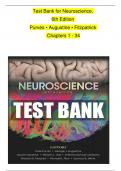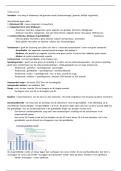Exam (elaborations)
TEST BANK For Neuroscience, 6th Edition by Purves • Augustine • Fitzpatrick, Chapters 1 - 34 (Verified by Experts)
- Course
- Institution
- Book
TEST BANK For Neuroscience, 6th Edition by Purves • Augustine • Fitzpatrick, Chapters 1 - 34 (Verified by Experts) TEST BANK For Neuroscience, 6th Edition by Purves • Augustine • Fitzpatrick, Chapters 1 - 34 (Verified by Experts)
[Show more]





